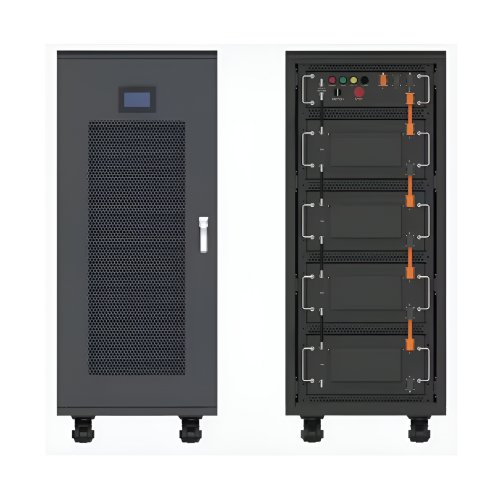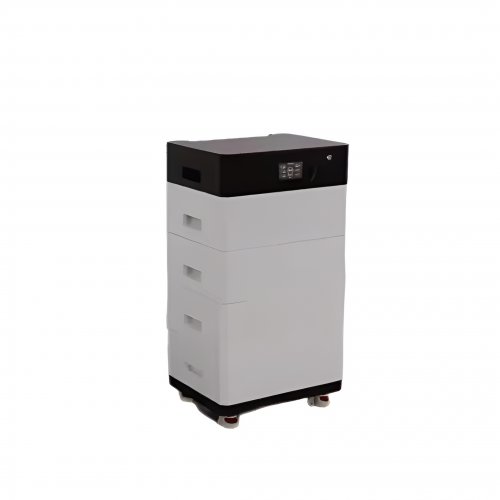Anode Compatibility News: Navigating Material Innovations And Electrolyte Design For Next-generation Batteries
The pursuit of higher energy density, faster charging, and improved safety in lithium-ion batteries has increasingly shifted focus from the cathode to the anode. While cathode materials like NMC and LFP have dominated headlines, the critical challenge of anode compatibility is now recognized as a fundamental bottleneck and a key area of innovation. Recent industry developments underscore a concerted effort to address the complex interplay between novel anode materials, electrolytes, and battery performance, shaping the future of electric vehicles and energy storage systems.
Latest Industry Developments
The industry is moving decisively beyond traditional graphite. Silicon-rich anodes, which offer a theoretical capacity nearly ten times that of graphite, are transitioning from laboratory research to pilot production and initial commercial deployment. Companies like Sila Nanotechnologies and Group14 Technologies are scaling up production of their silicon-dominant composite materials. Sila recently announced a supply agreement with a major automaker, signaling confidence in overcoming silicon's historical drawbacks—primarily massive volume expansion during lithiation that leads to rapid degradation.
Concurrently, there is renewed interest in lithium metal anodes, considered the "holy grail" for their ultra-high capacity. Start-ups such as Solid Power and QuantumScape are advancing solid-state battery technology, fundamentally to address the severe compatibility issues between lithium metal and liquid electrolytes, which lead to dendrite formation and safety hazards. Recent milestones from these companies involve delivering prototype cells to automotive partners for testing, indicating progress in creating a stable interface between the lithium metal and a solid electrolyte separator.
Furthermore, the electrolyte industry is responding in kind. Major chemical producers like BASF and Solvay are developing specialized electrolyte formulations and novel additives specifically designed to form more robust and stable passivation layers, known as the Solid Electrolyte Interphase (SEI), on these advanced anode surfaces. These tailored electrolytes are crucial for mitigating parasitic reactions and extending cycle life.
Trend Analysis: The Path to Integration
The trends indicate that the solution to anode compatibility is not a single material breakthrough but a systems-level approach involving co-engineering.
1. The Rise of Blended and Composite Anodes: The immediate future lies in composite materials. Pure silicon or lithium metal anodes present immense challenges. The trend is toward integrating silicon oxide (SiOx) or silicon nanoparticles into graphite matrices to create blended anodes. This approach offers a pragmatic balance, significantly boosting energy density compared to graphite while mitigating the mechanical stress associated with pure silicon. The compatibility challenge then shifts to optimizing electrolytes for this hybrid interface.
2. Electrolyte Specialization is Paramount: The era of a one-size-fits-all electrolyte is over. The key trend is the development of "anode-specific" electrolyte formulations. For silicon-based anodes, electrolytes rich in fluorinated carbonate solvents and additives like fluoroethylene carbonate (FEC) are proving essential to form a flexible, durable SEI that can accommodate volume change. For lithium metal, the focus is on highly concentrated "solvent-in-salt" electrolytes or the complete shift to solid-state electrolytes that mechanically suppress dendrites.
3. The Solid-State Bridge: Solid-state batteries represent the most direct path to enabling lithium metal anodes. The trend analysis shows two parallel tracks: oxide-based versus sulfide/solid polymer-based solid electrolytes. Each presents its own compatibility challenges—oxides often require high sintering temperatures and have interfacial resistance issues, while sulfides may have stability issues against lithium metal. The industry is investing heavily in interface engineering to improve ionic conductivity and stability at the anode-solid electrolyte junction.
4. Advanced Diagnostics and AI-Driven Discovery: Understanding failure mechanisms at the anode interface is critical. There is a growing trend of using advanced diagnostic tools, such as cryo-electron microscopy and X-ray tomography, to observe the nanoscale structural evolution of the anode and SEI during cycling. This data is increasingly fed into machine learning models to predict promising new electrolyte compositions and additive structures, accelerating the discovery of solutions that enhance compatibility.
Expert Perspectives
Industry experts emphasize the interconnected nature of the challenge. "We can no longer develop anode materials in a vacuum," says Dr. Elena Rodriguez, a materials scientist at a leading research institute. "The real innovation happens at the interface. The electrolyte must be designed in tandem with the anode; it's a dialogue, not a monologue. A perfect anode material will fail miserably with an incompatible electrolyte."
From an manufacturing standpoint, the focus is on practicality. "The scalability of the solution is just as important as its performance in a coin cell," notes Mark Chen, a battery technology analyst. "Silicon-blended anodes have a clearer near-term pathway because they can be integrated into existing manufacturing lines with modifications. Pure lithium metal anodes, especially with solid-state systems, require a completely new manufacturing ecosystem, which will take more time and capital to build."
Looking forward, the consensus is one of cautious optimism. The problems are well-defined, and the global battery ecosystem is aligned in its efforts. The successful resolution of anode compatibility issues is anticipated to unlock significant improvements in battery technology, ultimately making electric vehicles more accessible and energy storage more efficient. The progress is incremental but steadfast, marking a pivotal chapter in the evolution of electrochemical energy storage.
Customized/OEM/ODM Service
HomSolar Supports Lifepo4 battery pack customization/OEM/ODM service, welcome to contact us and tell us your needs.


HomSolar: Your One-stop LiFePO4 Battery Pack & ESS Solution Manufacturer
Our line of LiFePO4 (LFP) batteries offer a solution to demanding applications that require a lighter weight, longer life, and higher capacity battery. Features include advanced battery management systems (BMS), Bluetooth® communication and active intelligent monitoring.

Customised Lithium Iron Phosphate Battery Casing
ABS plastic housing, aluminium housing, stainless steel housing and iron housing are available, and can also be designed and customised according to your needs.

HomSolar Smart BMS
Intelligent Battery Management System for HomSolar Energy Storage System. Bluetooth, temperature sensor, LCD display, CAN interface, UART interface also available.


Terminals & Plugs Can Be Customized
A wide range of terminals and plugs can be customised to suit the application needs of your battery products.

Well-designed Solutions for Energy Storage Systems
We will design the perfect energy storage system solution according to your needs, so that you can easily solve the specific industry applications of battery products.



About Our Battery Cells
Our energy storage system products use brand new grade A LiFePO4 cells with a battery lifespan of more than 4,000 charge/discharge cycles.



Applications in Different Industries
We supply customized & OEM battery pack, assemble cells with wiring, fuse and plastic cover, all the cell wires connected to PCB plug or built BMS.
Applications: E-bike, Electric Scooter, Golf Carts, RV, Electric Wheelchair, Electric Tools, Robot Cleaner, Robot Sweeper, Solar Energy Storage System, Emergency Light, Solar Power Light, Medical Equipment, UPS Backup Power Supply.
We can provide you with customized services. We have the ability to provide a vertical supply chain, from single cells to pack/module and to a complete power solution with BMS, etc.


HomSolar (Shenzhen) Technology Co., Ltd
























